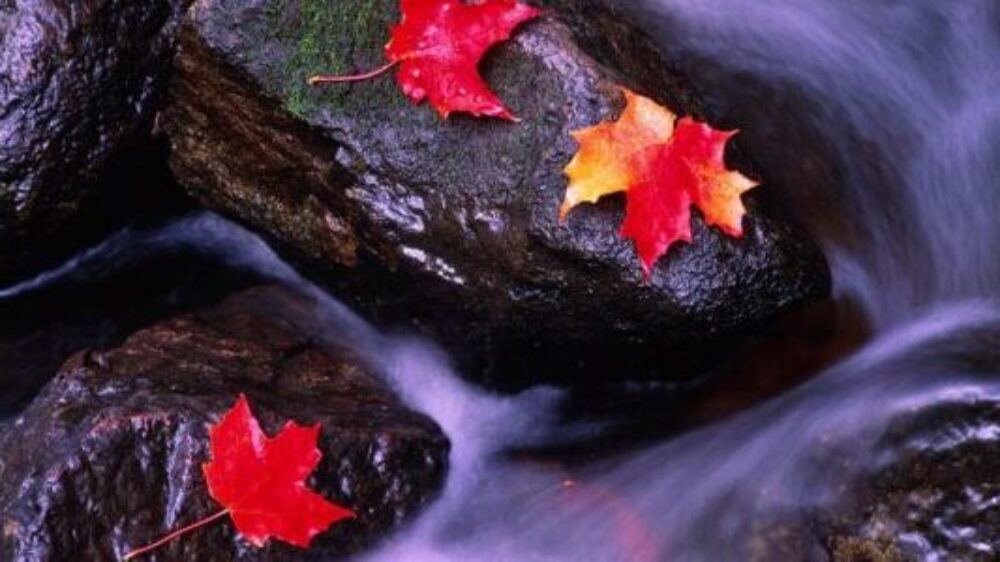This month we loved learning about Dinosaurs! This is a favorite unit of study for many of our students. These ancient creatures that once roamed the earth are fascinating to our students. We became paleontologists this month as we learned about the different characteristics of dinosaurs to help us understand if they were herbivores or carnivores. Most herbivores walked on four legs and had small mouths. Most carnivores ran on two legs, had claws for grasping its prey and big mouths. We used this information to sort dinosaur models into appropriate groups.
We also learned about amphibians this month. Amphibians are often confused with reptiles due to their many shared characteristics. Both are vertebrates, both are cold blooded, both lay eggs. Amphibians differ from reptiles by laying their eggs in water. All amphibians start their lives underwater and breathe with gills. As they grow, they develop lungs and move out of the water onto land. Students had a chance to study the life cycle of frogs and label a few of the many different kinds of frogs and toads that live on our planet.
This month, we also studied different aspects of Asia. Ms. Melissa lived and taught in Japan for a year and shared some of her experiences with the class. We practiced using chopsticks in Practical Life and a favorite activity in the classroom was a puzzle from Tokyo that has the Japanese hirigana writing system on it, one of the 4 alphabets that the Japanese use. We also learned a few words in Japanese: tomodachi means friend, hashi means chopsticks, and ohio gozimas means good morning.
Thank you to all of our families for your thoughtfulness and generosity during Teacher Appreciation Week! We truly felt loved and honored!
Here are some photos of our many activities in March:
Next month brings some very exciting events to our campus! We will be doing a Food Drive for Three Square during the week of April 4-8. Flyers will be distributed and boxes will be placed outside each classroom door for donations of canned and dried goods.
We are also excited to be hosting Parent Child Night at the end of the month! This is an opportunity for you to come into the classroom and let your child show you some of the wonderful things they do during the day. Please sign up for a specific date and time to visit P1. A link to Sign Up Genius will be sent out on Friday, April 1.
Spring Break is April 11 – 15 with school resuming on Tuesday, April 19. We hope you all have a wonderful time!
As always, if you have any questions, please feel free to let us know.
Thank you!
Ms. Melissa, Ms. Diana and Ms. Kini
